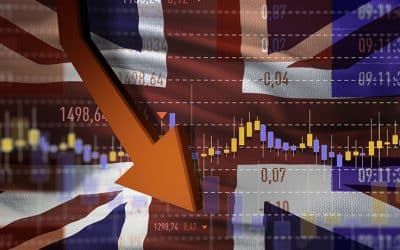Will the Fed manage to get inflation under control?

Redacción Mapfre
“Inflation is much too high. We understand the hardship it is causing, and we’re moving expeditiously to bring it back down. We have both the tools we need and the resolve it will take to restore price stability on behalf of American families and businesses.” This is how Jerome Powell, chairman of the US Federal Reserve, announced on May 4 the largest interest rate hike in the United States in 22 years (at that time, Alan Greenspan was the head of the institution).
Specifically, the Fed approved a 0.5 basis point hike and brought forward to June the gradual withdrawal of liquidity from the central bank's $9 trillion balance sheet (in principle, around $47 billion per month). All this, with the primary objective of curbing inflation without damaging economic growth, but some analysts already anticipate that an economic recession could arrive by 2023. Gonzalo de Cadenas Santiago, executive director of MAPFRE Economics, in an expert debate organized by Radio Intereconomía, explained that, in addition to the current 50 basis point increase, others of 50 or even 75 basis points will follow. “But the important thing is to see the neutral rate. And the fact is that the U.S. has not seen negative real rates like the current ones in three decades (and negative rates directly affect the financial system),” he said.

Unlike the price level in Europe, where the factors of the rise have a greater supply component (as Gonzalo de Cadenas-Santiago stated, “the energy component in the continent is differential, because, for now, Europe is not self-sufficient”), the high inflation in the United States has its origin on the demand side: in retail sales and in the negative trade deficit. The experts noted that the power has been running “a negative balance of $100 billion per month for four months,” so that, when transferred to the activity, “it is generating unsustainable demand.”
Fears of a potential recession next year are becoming more visible every day. The executive director of MAPFRE Economics acknowledged that “there are no soft landings” and that the monetary adjustment will be harsh, so he does not rule out any of the possible scenarios for the coming months.



